
Bangladesh, a country long associated with malnutrition and chronic hunger, has made incredibly noteworthy strides in its fight against hunger. Furthermore, it serves as an inspiration to other countries that struggle with the same problems. Bangladesh is the most densely populated country in the world, with a population of more than 165 million people and a projected population of more than 200 million people by 2050. This poses clear challenges, as it places economic, social and environmental strains on the country and drastically affects its ability to provide for its citizens.
How Bangladesh is Transforming into a Food Secure Country
In the last 40 years, Bangladesh has transformed from a country with chronic food shortages and poverty into a food basket that even serves the international community; food production has quadrupled in the last 40 years, and Bangladesh now exports food to other nations. Overall, hunger in Bangladesh has lessened.
This upward trend began in 1971 when Bangladesh gained its independence. This freed the country from economic strangulation and consequently high levels of poverty and extreme hunger. Initially, it struggled with extreme, devastating floods, which destroyed fertile farmland and resources. Bangladesh also did not initially receive adequate aid for food production. However, Bangladesh is now a model for other countries seeking to mitigate issues of hunger, as it has made notable strides in reducing malnutrition. A recent U.N. report even highlighted Bangladesh as a “bright spot” in the global movement to end global hunger before 2030. Since 2000, Bangladesh has lowered its hunger level by more than half and reduced the number of underweight children by 25%. In addition, it has decreased the infant mortality rate by 50%, an achievement that it shares with only five other countries.
To succeed in these ways, Bangladesh had to prioritize its development by promoting economic and food security. In the late 90s, improvements in rice varieties allowed for a revolution in rice production. This also combined with developments in aquaculture — 150,000 shallow ponds are now sustainable fish farms, for example. This also promotes women’s rights and development, as more than 60% of the nation’s fish farmers are women.
The Work of USAID
Many organizations have assisted Bangladesh in its efforts. USAID has been an incredibly active partner to Bangladesh in this effort, as it trained 67,000 women in aquaculture techniques. It works with the Bangladeshi government on various development activities that help improve availability and access to domestically produced, nutritious foods. Additionally, USAID assistance provides funding for research, monitoring, and training within Bangladeshi government agencies.
U.S. State Department funding helped establish the Food for Education program, which provided food vouchers and cash for poor families in exchange for their promises to send their children to school and help educate the next generation. This initiative, which started in Bangladesh, proved so successful that it was implemented in other countries; according to the U.N., the initiative was crucial in reducing global malnutrition. Bangladesh has also implemented microfinance programs to combat hunger and poverty, especially for women. Small loans enable small businesses to start and produce income that helps families around the country.
Feed the Future
Another essential initiative is Feed the Future, which the U.S. government funds. Bangladesh receives the third highest amount of any country. This initiative helps improve productivity and agricultural diversity in specific areas of southern Bangladesh; this enhances private sector competition by promoting economic growth, corporate practices and supply chain developments that assist poor farmers and struggling businesses. Additionally, the government consistently demonstrates its commitment to mitigating the issue of food insecurity, as its enthusiasm to work with these initiatives has proven.
All of these efforts are imperative because they help diversify sources of income for Bangladeshi farmers. The focus on aquaculture also broadens the variety of plants, fish and livestock. In addition, it encourages the adoption of post-harvest practices and promotes off-farm income. Bangladesh’s progress also shows the importance of coordinating with private and public sectors to identify market opportunities and strategies. Through improved collaboration, these efforts supported more than 225,000 farmers, who applied improved technologies in agronomic practices, such as irrigation, pest and disease management and livestock management.
Bangladesh is now completely food secure in rice production and produces sufficient amounts to feed its population of 165 million. This is a very noteworthy accomplishment, especially given the struggles with changing weather. According to household surveys that USAID and Feed the Future conducted, there has been a 16% decrease in poverty levels in areas that receive USAID and Feed the Future assistance. It is difficult to precisely pinpoint how much of this reduction in the poverty level is due to USAID programming, but this initial data is certainly encouraging.
Moving Forward and Ensuring Long-Term Prosperity
Going forward, these initiatives can improve by encouraging more nutritional diversity. Since most of the typical Bangladeshi diet is rice, young children may be prone to stunting or chronic malnutrition. About four-fifths of children do not receive a sufficient diet for their age range; on a national scale, 36% of children below 5 years of age experience stunting. Meanwhile, less than one-fifth of Feed the Future’s budget, for example, goes toward eliminating malnutrition. With more balanced programs, initiatives that Feed the Future and USAID run can better target this problem. Meanwhile, the country will continue to be an example of how implementing better agricultural practices and working with various initiatives can assist in mitigating poverty and hunger in Bangladesh.
– Shiloh Harrill
Photo: Flickr

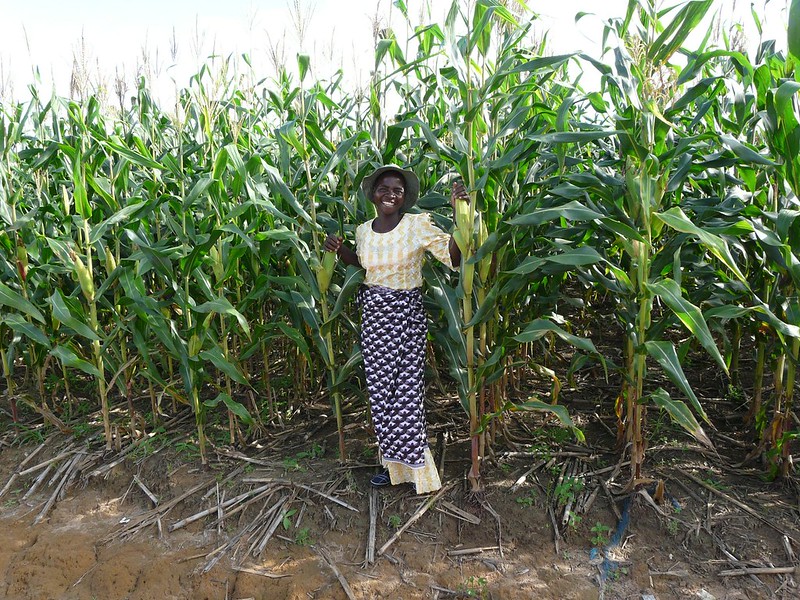 With
With 
 Mali ranks
Mali ranks 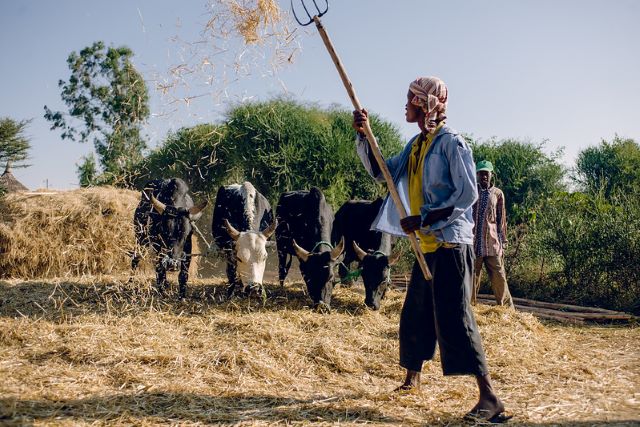 Throughout the world,
Throughout the world, 

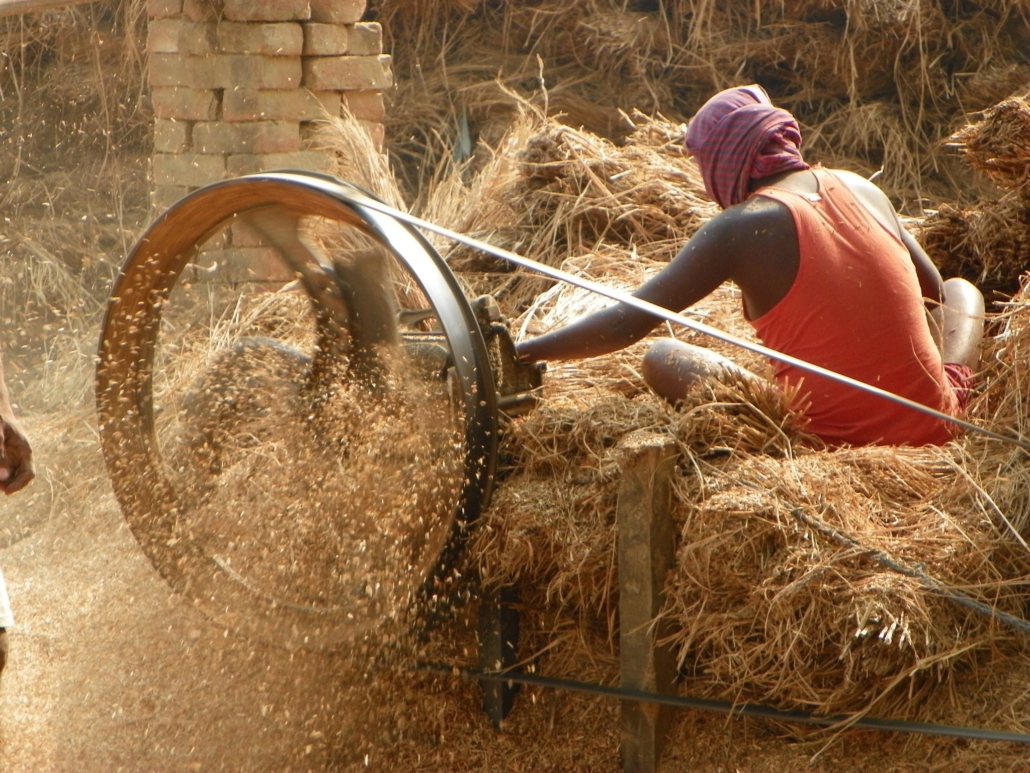
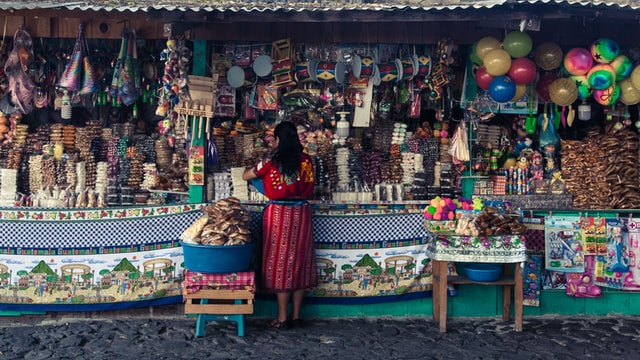
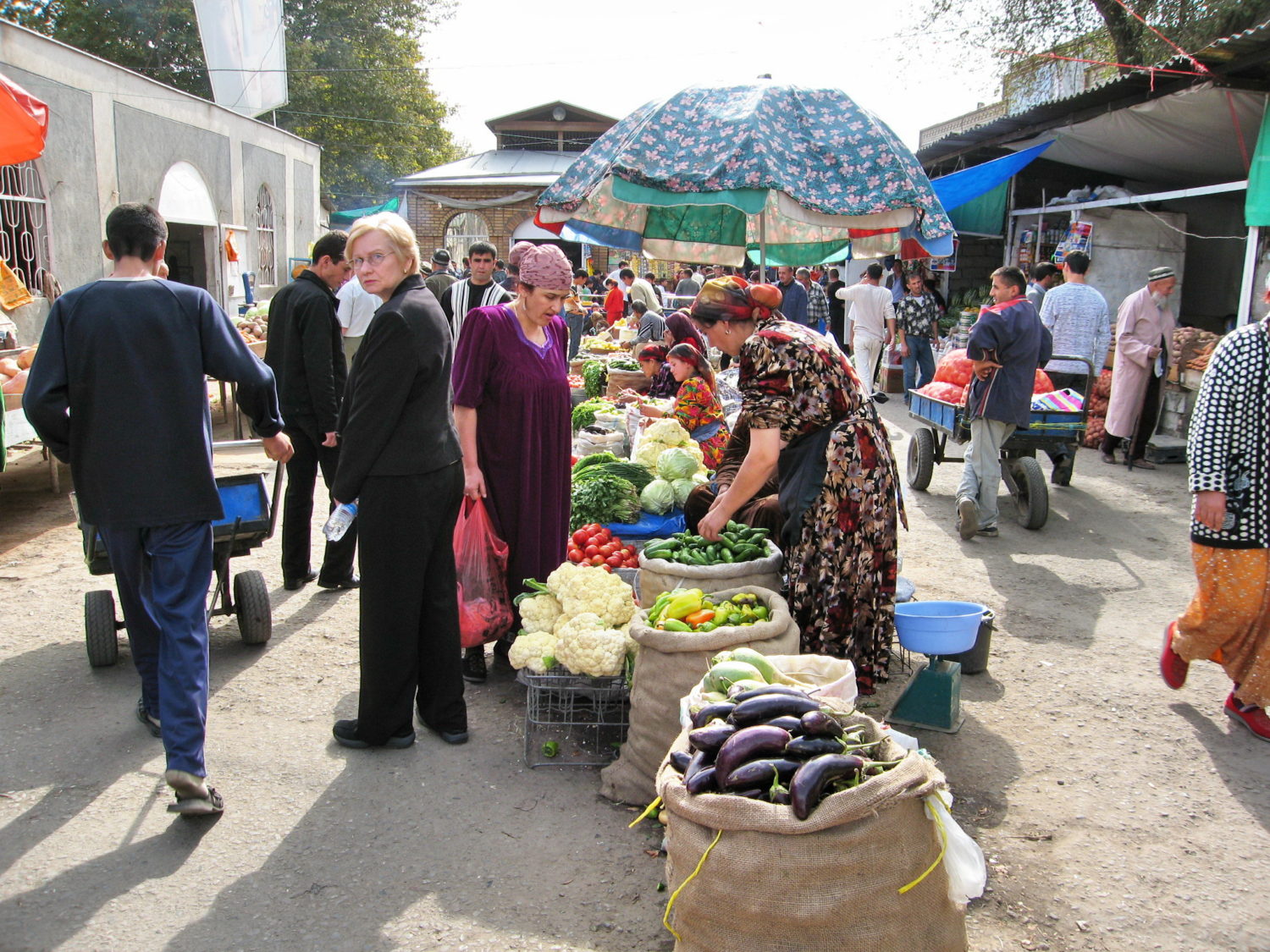 Tajikistan is the poorest nation in Central Asia and one of the world’s most impoverished countries. The rugged, mountainous terrain covers approximately 93% of the country’s territory, making food production nearly impossible. As a result, the 9.1 million people that inhabit the country often face food insecurity and
Tajikistan is the poorest nation in Central Asia and one of the world’s most impoverished countries. The rugged, mountainous terrain covers approximately 93% of the country’s territory, making food production nearly impossible. As a result, the 9.1 million people that inhabit the country often face food insecurity and